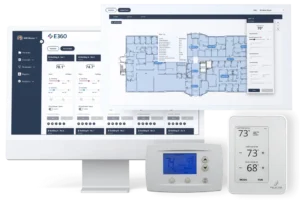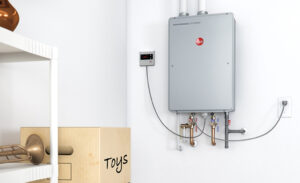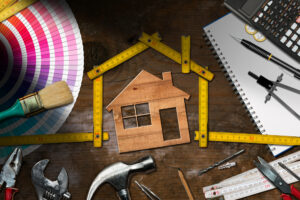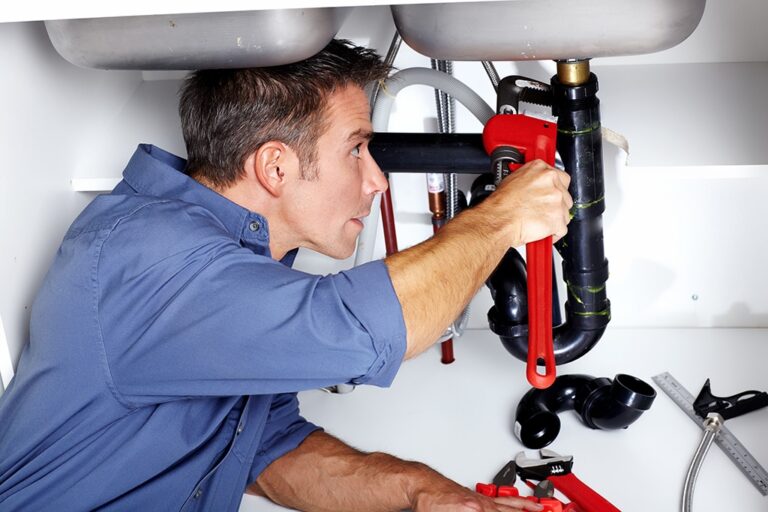Plumbing systems, often overlooked in the daily hustle and bustle of modern living, are vital to the smooth functioning of any home. From providing clean water for drinking and bathing to removing waste, the plumbing infrastructure works tirelessly behind the scenes. Yet, much like any complex system, it requires regular maintenance to function optimally. Neglecting this essential upkeep can lead to costly repairs, water damage, or worse—plumbing disasters that could disrupt your entire household.
But with so many moving parts, it’s easy to overlook certain aspects of plumbing maintenance. While routine tasks like unclogging drains or tightening loose fixtures are important, there are a few essential maintenance tasks that often get skipped. These often neglected elements could make all the difference in keeping your plumbing running efficiently, preventing future problems, and saving you money in the long run. This article explores the maintenance essentials that every homeowner should consider for their plumbing systems.
1. Checking Water Pressure Regularly
Water pressure plays a significant role in the functionality of your plumbing system. Whether it’s for a refreshing shower or filling up your bathtub, you rely on consistent water pressure for daily tasks. However, water pressure that is too high or too low can lead to significant issues. High water pressure can damage pipes, joints, and fixtures, potentially causing leaks and bursts. On the other hand, low water pressure might indicate a blockage or a leak within your system, leaving you with a lackluster water flow.
Solution: Regularly check your water pressure with a pressure gauge, which can be attached to an outdoor faucet or hose bib. The ideal pressure for most homes falls between 40-60 psi (pounds per square inch). If the pressure is too high, a pressure regulator may need to be installed or adjusted. If it’s too low, you may need to inspect the pipes for leaks or mineral buildup, which could be causing the obstruction.
2. Flushing the Water Heater
Water heaters are essential in providing hot water for various household tasks, from cooking to cleaning. However, they often accumulate mineral deposits and sediment, particularly in areas with hard water. Over time, this buildup can decrease the efficiency of the water heater, causing it to overwork and consume more energy, or even lead to a system failure.
Solution: It’s recommended to flush your water heater at least once a year to remove mineral buildup. This can be done by connecting a hose to the drain valve and allowing water to flow through, flushing out the sediment that has accumulated in the tank. Doing this regularly can extend the life of your water heater and ensure it operates at maximum efficiency.
3. Inspecting Pipes for Leaks and Corrosion
Pipes, especially those made of older materials like galvanized steel or cast iron, can deteriorate over time. Even minor leaks can cause a significant amount of water damage, increase your water bills, and eventually lead to more extensive plumbing issues. Additionally, pipes that are corroded or damaged may affect water pressure and quality.
Solution: Periodically inspect accessible pipes for signs of leaks or corrosion. Pay attention to areas around joints, faucets, and under sinks. You may notice signs such as damp spots, rust, or mold growth. If you discover corrosion or leaks, it’s crucial to replace the affected pipes promptly to avoid more significant damage to your plumbing system.
4. Clearing Out Drains and Traps
Clogged drains are one of the most common plumbing issues, and if left unchecked, can cause significant problems. Over time, soap scum, grease, hair, and food particles accumulate in the drains, leading to slow drainage or complete blockages. This can not only make using sinks and showers inconvenient but may also lead to overflows and water damage.
Solution: Regularly clear out drains and traps to prevent blockages. For kitchen sinks, avoid pouring grease down the drain, as it can solidify and create obstructions. For bathroom drains, consider using a drain snake to remove hair and debris. If you encounter stubborn clogs, try using a mixture of baking soda and vinegar followed by hot water to clear them out. For major clogs, don’t hesitate to call a professional plumber to avoid damaging the pipes.
5. Maintaining Sump Pumps and Septic Systems
In homes with basements, sump pumps are critical for preventing flooding. These devices pump out excess water that accumulates in your basement or crawlspace. Similarly, septic systems, which are common in rural areas, require regular attention to avoid backups or system failures. Neglecting either of these systems can lead to significant water damage, health hazards, and costly repairs.
Solution: Test your sump pump periodically by pouring water into the pit to ensure it activates and pumps out the water effectively. If you notice any issues, such as strange noises or failure to start, contact a plumber immediately. For septic systems, arrange for a professional inspection and pumping every 3-5 years, depending on the size of your system and household usage. This will prevent costly backups and ensure that your system remains functional.
6. Sealing Gaps Around Pipes
Gaps around pipes, particularly those that penetrate walls or ceilings, can lead to temperature fluctuations, moisture buildup, and even pest invasions. In colder months, gaps can also contribute to higher heating bills as cold air infiltrates the space where the pipes are located.
Solution: Seal any gaps or cracks around pipes using caulk, foam sealant, or weatherstripping. This simple step can prevent drafts, reduce energy costs, and protect pipes from freezing in colder temperatures. Additionally, it can help to keep pests, such as rodents or insects, from entering your home through these openings.
7. Cleaning Faucet Aerators and Showerheads
Faucet aerators and showerheads can become clogged with mineral deposits over time, especially in areas with hard water. This can result in reduced water flow and uneven pressure, which can be both frustrating and inefficient.
Solution: To maintain optimal water flow, clean faucet aerators and showerheads at least once a year. You can remove these fixtures and soak them in vinegar overnight to dissolve mineral deposits. Afterward, scrub them with a soft brush to remove any remaining buildup. This simple maintenance task will keep your faucets and showerheads working efficiently and help prevent unnecessary wear and tear.
8. Inspecting the Main Sewer Line
While not all homeowners are familiar with their main sewer line, it is an essential part of the plumbing system that deserves attention. If your sewer line becomes blocked or damaged, it can result in significant plumbing issues, including backups, foul odors, and slow drains throughout the house.
Solution: It’s a good idea to have your main sewer line inspected every few years, especially if you notice signs of a problem, such as frequent drain blockages, foul odors, or sewage backups. A plumber can use a video inspection camera to identify any blockages, tree root intrusions, or damage to the line and take the necessary steps to address it before it becomes a major issue.
9. Upgrading Old Plumbing Systems
In older homes, plumbing systems can be outdated or made from materials that are prone to corrosion, such as galvanized steel or lead. These materials not only pose health risks but can also contribute to leaks, low water pressure, and water discoloration.
Solution: If you live in an older home, consider upgrading your plumbing system to modern, more durable materials such as copper or PEX. While this may require a larger initial investment, it can save you money in the long run by preventing frequent repairs and ensuring the safety and efficiency of your plumbing system.
10. Routine Professional Inspections
While many homeowners take on basic maintenance tasks themselves, there’s no substitute for a professional inspection. Licensed plumbers have the expertise and equipment to identify issues that may not be immediately visible to the untrained eye. Scheduling regular plumbing inspections, at least once a year, ensures that any hidden problems are caught early, preventing more costly repairs down the road.
Solution: Find a reputable plumber who can conduct thorough inspections of your plumbing system, including pipes, water heaters, and fixtures. Early detection of issues such as leaks, corrosion, or mineral buildup can help you address them before they become major headaches.
Conclusion
Plumbing maintenance is an essential part of homeownership, and neglecting to perform even a few key tasks can lead to significant problems down the road. From checking water pressure to inspecting pipes for leaks and maintaining sump pumps, there are several maintenance essentials that homeowners should prioritize. By staying on top of these tasks and scheduling regular professional inspections, you can ensure the longevity and efficiency of your plumbing system, avoid costly repairs, and keep your home running smoothly. Taking the time to care for your plumbing now will save you stress, money, and hassle in the future.
















